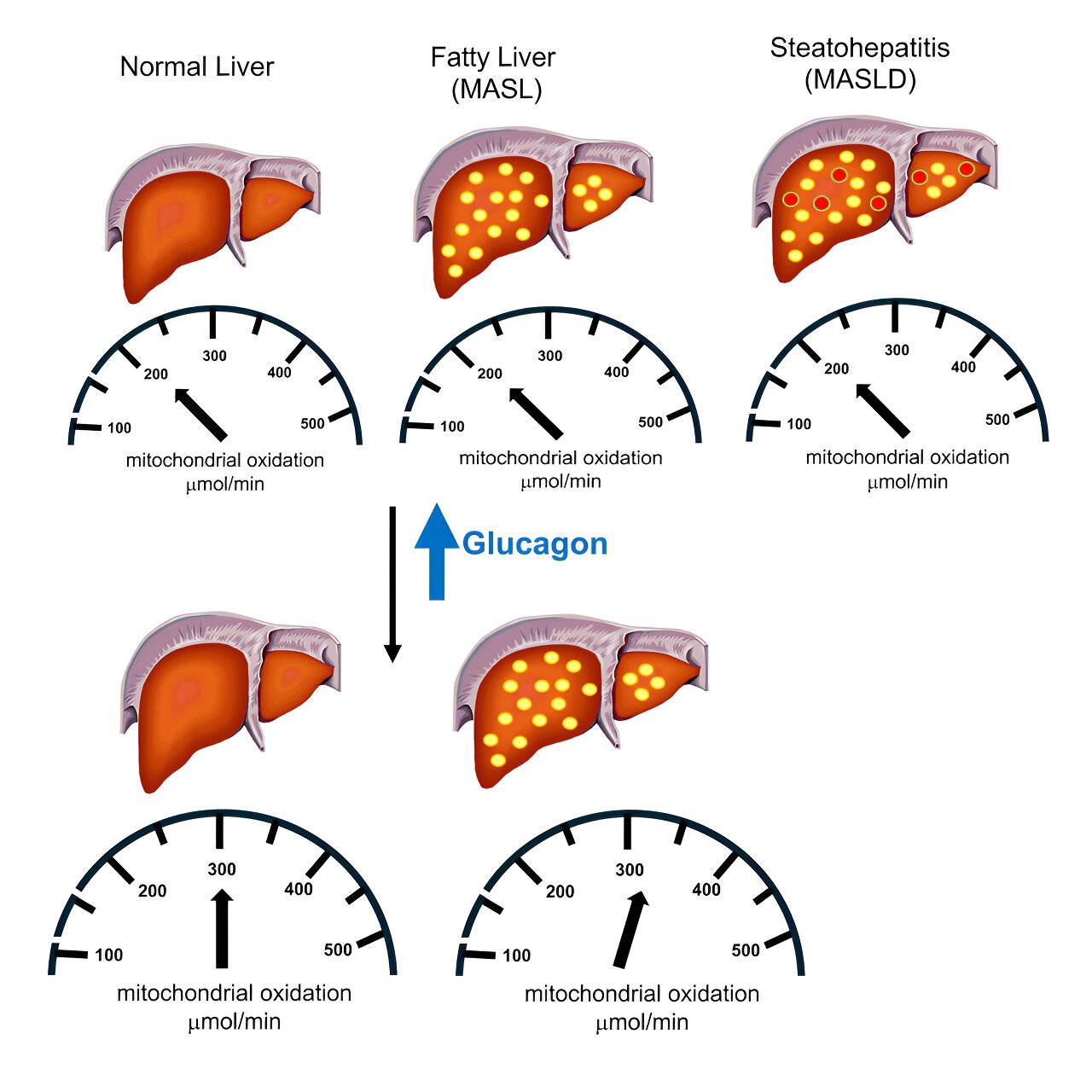It has been known for some time that the thyroid gland is a strong regulator of the body’s metabolism, making it key to many health conditions. But the molecular details of how thyroid hormone acts on cells in the body have never been fully understood. Now researchers at the Perelman School of Medicine at the University of Pennsylvania have taken a big step toward the resolution of this mystery by showing that it doesn’t operate as a straight on/off switch, but more like a dimmer.
Biologists have known that, in cells where thyroid hormone acts to regulate metabolism, it operates in the cell nucleus, increasing the activity of some genes and decreasing the activity of others. The details of how the hormone controls gene activity have been mostly unknown, due to technical hurdles that have made it difficult to study them. The Penn Medicine researchers, who report their discovery today in Genes and Development, were able to overcome many of these technical hurdles to provide a much clearer picture of thyroid hormone’s basic mechanisms of action — in the process overturning other prominent models of these mechanisms.
“We were able in this study to show that thyroid hormone doesn’t just turn things on or off, as the canonical model suggests, but instead more subtly shifts the balance between the repression and enhancement of gene activity,” said principal investigator Mitchell Lazar, MD, PhD, Ware professor of Diabetes and Metabolic Diseases, and the director of the Institute for Diabetes, Obesity and Metabolism, at Penn Medicine. “Yet, as people with hypothyroidism know, the lack of thyroid hormone can have profound effects on the body.”
Diseases of the thyroid gland, including hypothyroidism, hyperthyroidism, and goiter, have been described for as long as there have been doctors. The thyroid-produced molecule thyroxine, the chemical precursor to the main active form of thyroid hormone, was identified in 1914.
Endocrinologists also have long recognized that thyroid hormone is an essential metabolism-enhancing regulator whose insufficiency can lead not only to obvious thyroid diseases but also to weight gain and related metabolic problems including diabetes, high cholesterol, and fatty liver disease. Thus, the hormone’s mechanism of action, if understood, could be a drug target of enormous value for medicine.
But although scientists have known for almost 40 years that thyroid hormone acts in the cell nucleus to control gene activity by binding itself to special proteins called thyroid hormone receptors, how it all works has remained an enigma — largely because the interactions of thyroid hormone and its receptors have been difficult to study. Among other challenges, the receptors normally are produced in relatively tiny quantities in cells, and scientists have lacked a good way to mark their binding sites on DNA — and to see how these binding sites differ when thyroid hormone is present.
In the new study, for which Yehuda Shabtai, PhD, a postdoctoral researcher in the Lazar lab, served as lead author, the researchers developed a mouse model in which a special tag was added to TRβ, the main thyroid hormone receptor in the liver — where some of thyroid hormone’s most important metabolic effects occur. The researchers used this tag for marking the thousands of locations on DNA where TRβ binds, both in a condition when thyroid hormone was present and could bind to TRβ and also when the hormone was largely absent. With these and other experiments, the team provided strong evidence that thyroid hormone works with TRβ in an unexpectedly subtle way.
When it binds to a given site on coiled DNA in the nucleus, TRβ will enhance or repress the activity of a nearby gene or genes. To achieve this, it forms complexes with other proteins called co-activators and co-repressors. The researchers showed when thyroid hormone is bound to TRβ, it can shift the balance of these associated co-regulator proteins in favor of more gene activation at some sites, and more gene repression at others. This is in contrast to prior models of thyroid hormone / TRβ function in which thyroid hormone has a more absolute, switch-like effect on gene activity.
The researchers acknowledge that more work needs to be done to elucidate why thyroid hormone’s binding to TRβ lowers gene activity at some sites on DNA, and increases gene activity at other sites. But they see the new findings as a significant advance in understanding a basic process in biology — a process that future medicines may be able to target precisely to treat a variety of metabolic diseases.
Their work was supported by the National Institute of Diabetes and Digestive and Kidney Diseases (DK43806, DK19525) and the Cox Institute for Medical Research.

